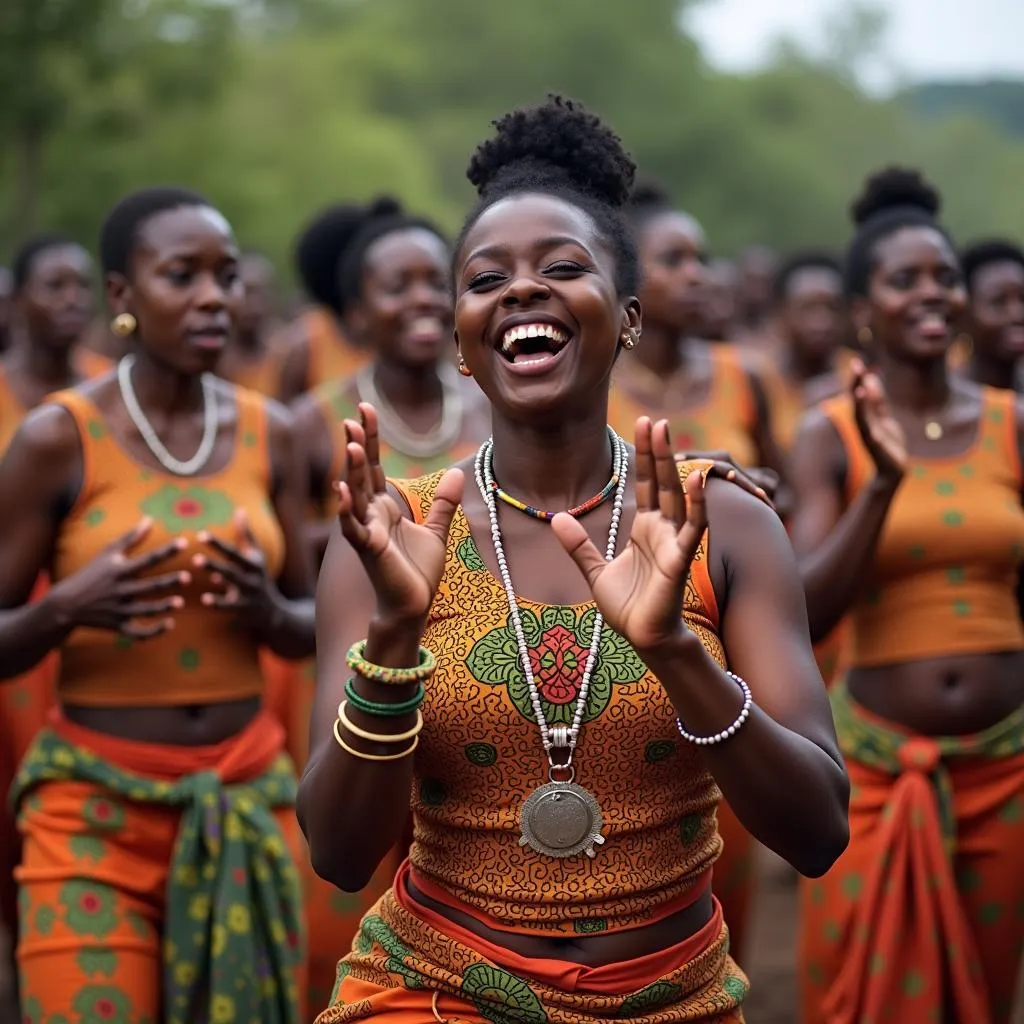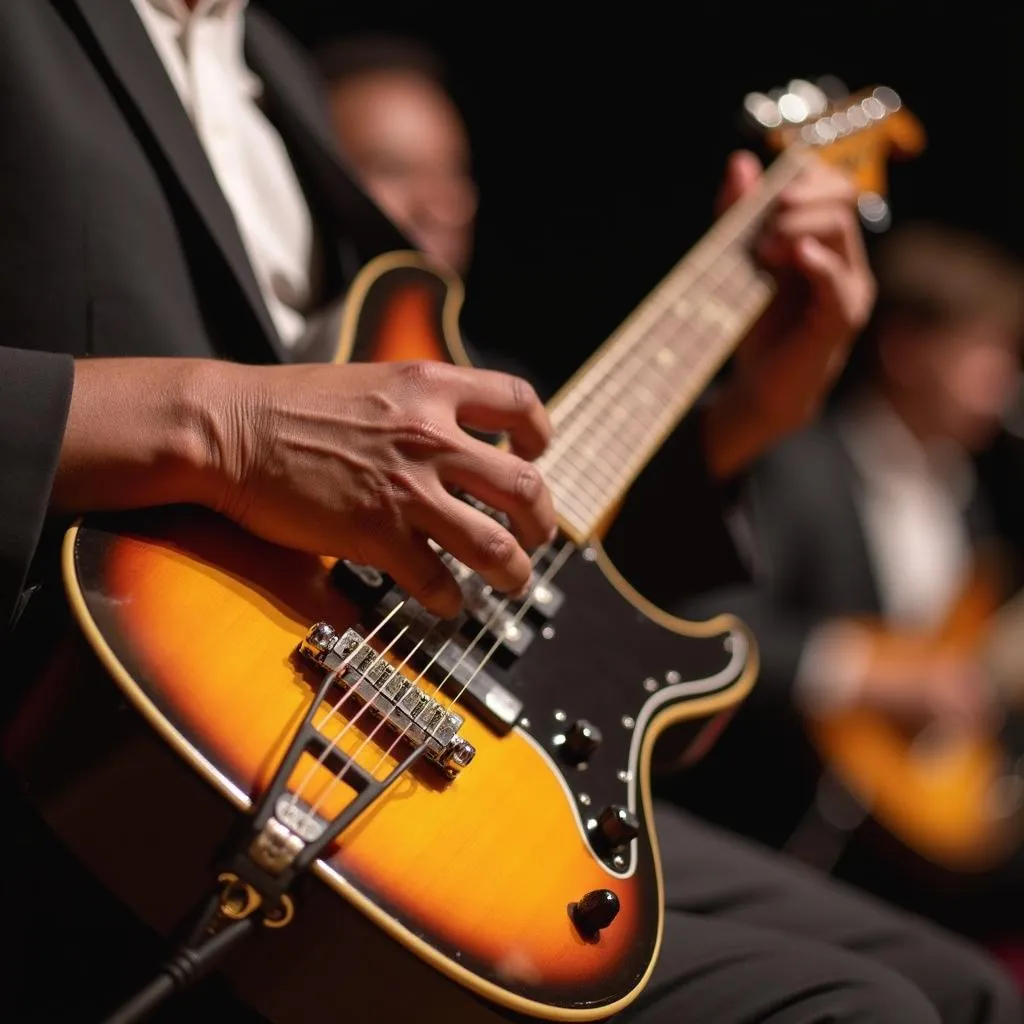The Rhythm of Africa: Understanding African Finger Snapping
African Finger Snapping is a ubiquitous form of musical expression across the continent, with a rich history and cultural significance that extends beyond mere rhythmic accompaniment. From its origins in ancient storytelling and traditional ceremonies to its modern presence in popular music, this seemingly simple gesture holds profound cultural weight.
A Journey Through Time: The Evolution of Finger Snapping in Africa
Finger snapping, in its various forms and styles, is a testament to the cultural diversity of Africa. Its origins can be traced back to ancient times, with evidence suggesting its use in storytelling, rituals, and celebrations.
For many African communities, finger snapping was an integral part of their oral traditions. As the rhythm of their lives, it accompanied folktales, myths, and legends, adding emotional depth and enhancing the storytelling experience.
The Rhythm of Rituals
In many cultures, finger snapping served a spiritual purpose, often used in traditional ceremonies, rituals, and dances. It acted as a means to connect with the ancestors, invoke divine blessings, or ward off evil spirits. For example, in some parts of West Africa, finger snapping is used in ceremonies associated with the harvest, fertility, and ancestral veneration.
Finger Snapping in Modern Music
The tradition of finger snapping found its way into modern African music, where it has become a ubiquitous element in genres like Afrobeat, Highlife, and Juju.
“The finger snap is a crucial part of the rhythmic backbone of Afrobeat,” explains Dr. Amina Musa, a renowned ethnomusicologist specializing in African music. “It provides a sharp percussive element that adds energy and complexity to the music, often complementing the use of drums, guitars, and other instruments.”
From Simple Gesture to Artistic Expression
The art of finger snapping in Africa goes beyond just a rhythmic device; it is a form of artistic expression that is deeply rooted in the cultural heritage of the continent.
Diverse Styles and Techniques
The diversity of African languages and cultures is reflected in the wide range of finger snapping styles across the continent. Some regions utilize complex rhythmic patterns, while others focus on simpler, percussive snaps.
“Every region has its unique way of snapping,” notes Dr. Musa. “You can distinguish the style of a particular region by the specific rhythm, speed, and intensity of the snaps.”
The Power of Communication
Beyond rhythm, finger snapping also plays a role in communication. It can convey emotions, signal approval or disapproval, and even be used as a form of nonverbal dialogue in musical performance.
More Than Just a Sound: The Cultural Significance of Finger Snapping
Finger snapping in Africa holds a cultural significance that transcends mere music. It represents a connection to tradition, a celebration of cultural heritage, and a powerful form of communication.
A Symbol of Community and Unity
Finger snapping often serves as a symbol of community and unity, bringing people together through shared rhythm and cultural expression. This is particularly evident in communal dances and celebrations, where the rhythmic snapping of fingers creates a sense of collective energy and participation.
A Legacy of Empowerment
For many Africans, finger snapping is more than just a musical gesture; it’s a symbol of empowerment and resilience. Its use in traditional ceremonies and rituals underscores its role in asserting cultural identity, preserving heritage, and resisting oppression.
Beyond the Continent: The Global Influence of African Finger Snapping
The influence of African finger snapping extends beyond the continent, finding its way into various genres of global music, including jazz, blues, rock, and pop.
A Fusion of Rhythms
Musicians from around the world have incorporated African finger snapping techniques into their styles, enriching their musical palettes and paying homage to the vibrant cultural heritage of Africa.
A Global Language
The simple yet powerful gesture of finger snapping has become a global language, transcending borders and cultures. It serves as a reminder of the interconnectedness of musical traditions and the shared human experience.
FAQ
1. What are some common finger snapping techniques in African music?
There are various techniques used in African music, including the “snap,” “click,” and “pop.” These are often combined to create complex rhythmic patterns.
2. Are there any specific instruments that are often played alongside finger snapping?
Finger snapping complements instruments like drums, guitars, and other percussive instruments in African music, creating a rich sonic landscape.
3. How has finger snapping evolved over time in Africa?
Finger snapping has evolved from its roots in storytelling and rituals to become a prominent feature in modern African music, reflecting the changing social and cultural contexts.
4. What are some examples of African musicians who use finger snapping in their music?
Many renowned African musicians incorporate finger snapping in their music, including Fela Kuti, Salif Keita, Miriam Makeba, and King Sunny Adé.
5. How can I learn more about African finger snapping?
You can learn more through online resources, music videos, cultural festivals, and workshops.
 Group of people performing a traditional dance with rhythmic finger snapping.
Group of people performing a traditional dance with rhythmic finger snapping.
Conclusion
African finger snapping is more than just a rhythmic gesture; it’s a cultural phenomenon that embodies the continent’s rich history, vibrant traditions, and unique musical expression. From its ancient origins in storytelling to its modern presence in popular music, this powerful tool continues to connect communities, celebrate heritage, and inspire musicians around the globe.
 A musician performing with a band, showcasing rhythmic finger snapping.
A musician performing with a band, showcasing rhythmic finger snapping.
The next time you hear that distinctive “snap” in a song, take a moment to appreciate its cultural significance and the journey it has taken from the heart of Africa to the world stage.